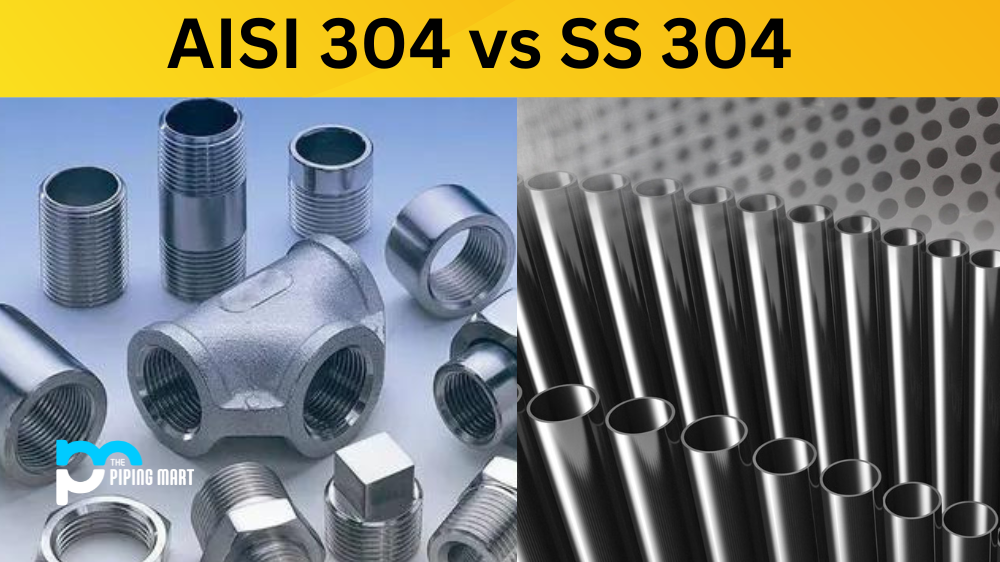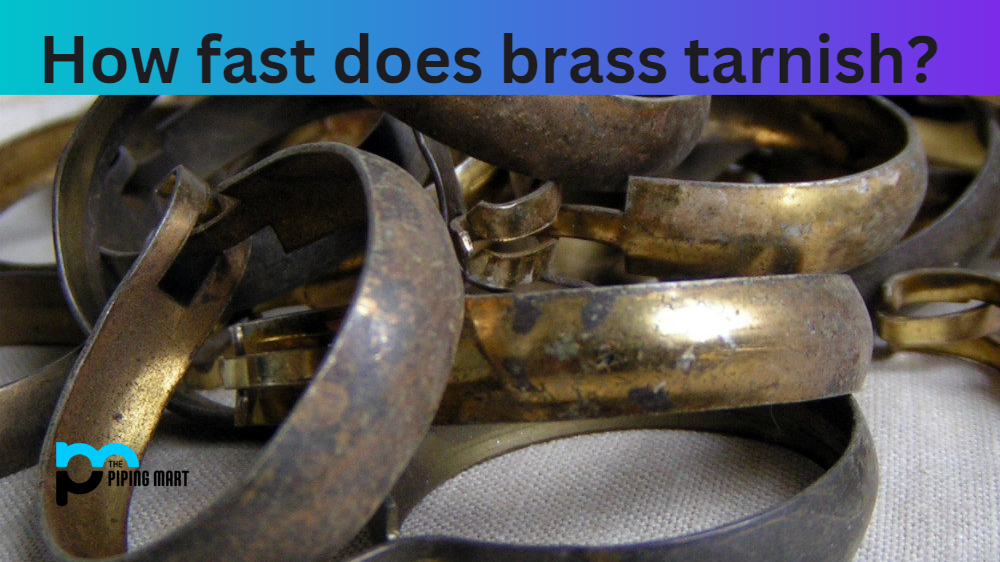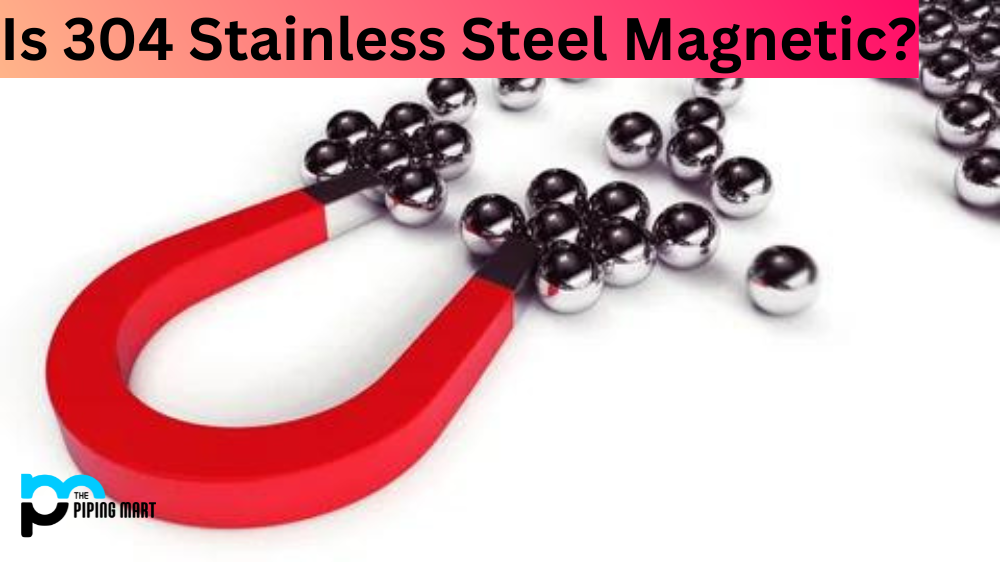Electron beam welding (EBW) is an advanced metal fabrication process that joins two pieces together. EBW can be used to accurately weld metal like aluminum, copper, titanium, and stainless steel. This method of welding has been around for decades. Still, its popularity in industrial applications has grown significantly in the past few years due to its many advantages over traditional welding methods. But as with anything, there are also a few drawbacks associated with electron beam welding. Let’s look at some of the pros and cons of EBW so you can decide if it’s the right choice for your project.
6 Advantages of Electron Beam Welding
One of the biggest advantages that EBW offers is speed. EBW eliminates the need for post-welding heat treatments since it does not require filler materials like traditional welding techniques. This means that parts can be welded faster than ever—sometimes up to 10 times faster than other methods. This saves time and money on labor costs while still producing high-quality results.
In addition, this method produces very little slag or spatter during the welding process, leading to a much cleaner weld area than other metal fabrication processes. The accuracy and precision that this type of metal fabrication offers is second to none; complex geometries can be welded with ease due to their pinpoint accuracy when manipulating the electron beam during the welding process. This makes EBW ideal for applications requiring tight tolerances, such as aerospace components or medical implants.
- Electron beam welding (EBW) is a welding process that uses a beam of high-energy electrons to create a weld.
- EBW is often used for welding metals that are difficult to weld using other methods, such as aluminum and stainless steel.
- EBW is also often used for welding heat-sensitive metals, such as titanium.
- EBW can be used to weld metals of different thicknesses, from thin metal sheets to thick plates.
- EBW can weld metals of different shapes, including round, square, and rectangular tubing.
- EBW can weld metals of different compositions, including ferrous and non-ferrous metals.
5 Disadvantages of Electron Beam Welding
Despite its many benefits, a few drawbacks associated with electron beam welding should be considered before starting a project using this type of metal fabrication technique. The first drawback is cost; due to its complexity and specialized equipment requirements, EBW is generally more expensive than other joining processes, such as gas tungsten arc (GTA) or plasma arc welding (PAW). Additionally, special safety precautions must be taken when working with an electron beam welder due to the high voltage involved in the process, which increases operational costs even further.
Lastly, while most metals can be successfully welded using this method, certain materials may only sometimes produce optimal results using EBW, so care should be taken when selecting a material for your project if you plan on using this tool.
Limited to Metals
One of the primary disadvantages of electron beam welding is that it is limited to metals. This means it cannot be used to weld other materials, such as plastics or ceramics. Additionally, electron beam welding can only be used on conductive materials, so non-conductive materials cannot be welded using this method.
High Cost
Another disadvantage of electron beam welding is its relatively expensive process. The equipment required to perform electron beam welding is very costly, and the process is quite expensive. This makes electron beam welding a less viable option for many manufacturers, particularly those working with lower budgets.
Requires Highly Skilled Operators
Electron beam welding also requires highly skilled operators to be performed correctly. This means that manufacturers must train their employees to operate the equipment or hire skilled workers outside their company. This can add cost to the already high cost of electron beam welding.
Time-Consuming
Another downside of electron beam welding is that it is a time-consuming process. Each weld must be performed slowly and carefully to avoid damaging the welded material. This can make electron beam welding impractical for some applications where speed is a key factor.
Requires Vacuum Environment
Electron beam welding also requires a vacuum environment to work correctly. This means that the area in which the welding is taking place must be completely free of air and other gases. This can be difficult to achieve, particularly in manufacturing settings where there may be other processes taking place nearby
Conclusion:
Electron Beam Welding (EBW) has become increasingly popular in recent years due to its many advantages over traditional metal fabrication methods, such as speed and accuracy. However, some drawbacks are associated with this type of joining process, such as cost and safety considerations that should be considered before beginning any project requiring EBW technology. In summary, engineers and hobbyists should weigh all factors carefully before deciding if EBW is the best option for their application needs or if another metal fabrication technique would better suit their projects’ requirements.

Meet Bhavesh, a seasoned blogger with a wealth of knowledge and experience. From metal products manufacturing to retail, Bhavesh has a diverse background in various industries and is dedicated to sharing his insights and expertise with readers.




